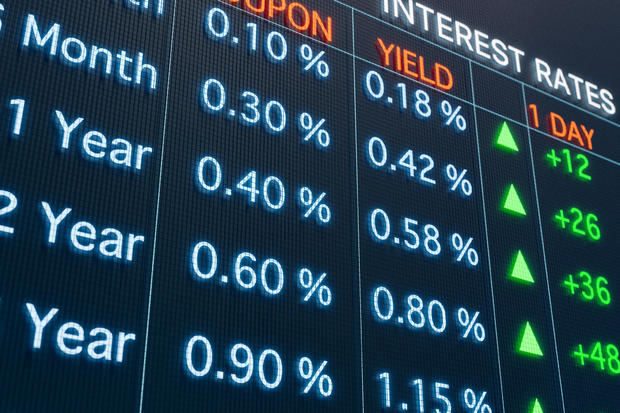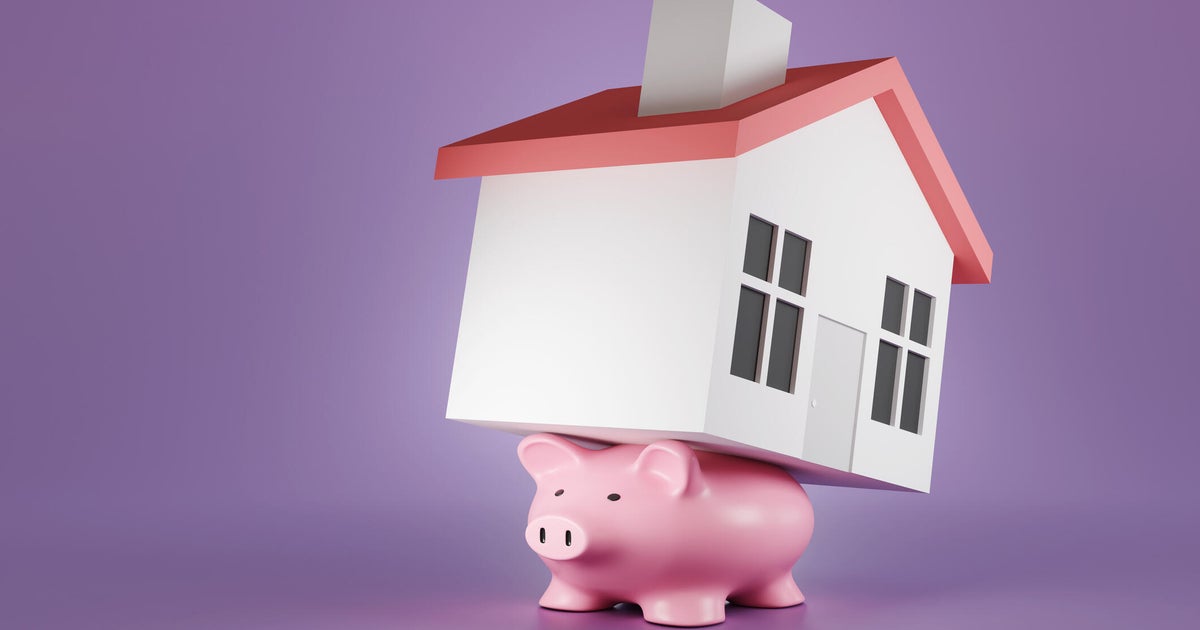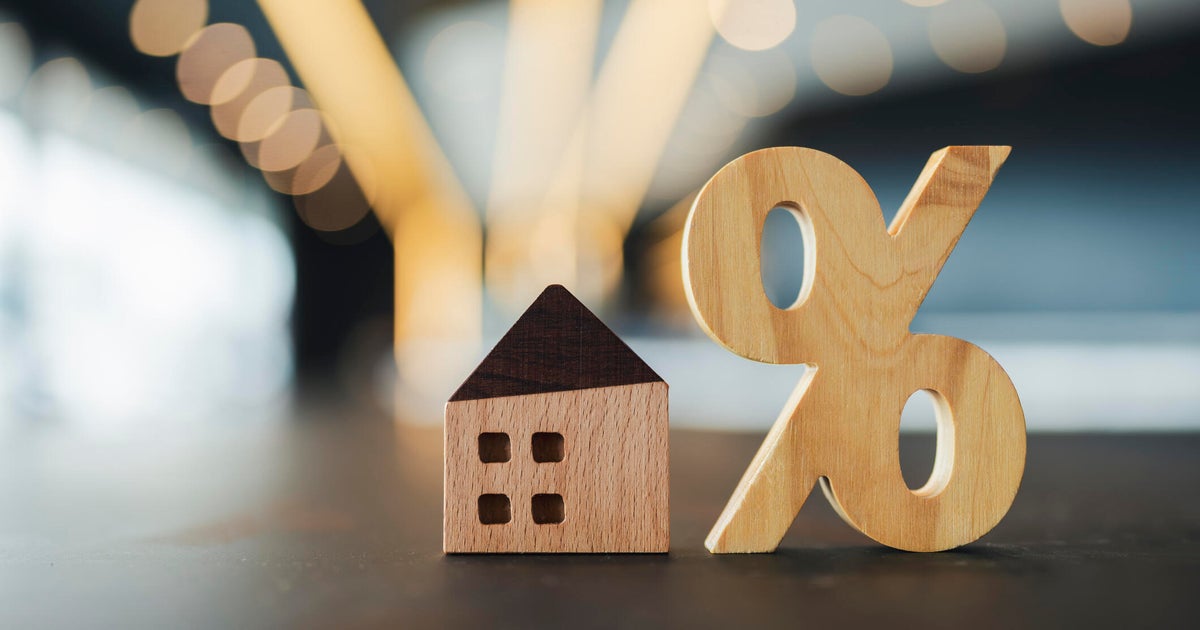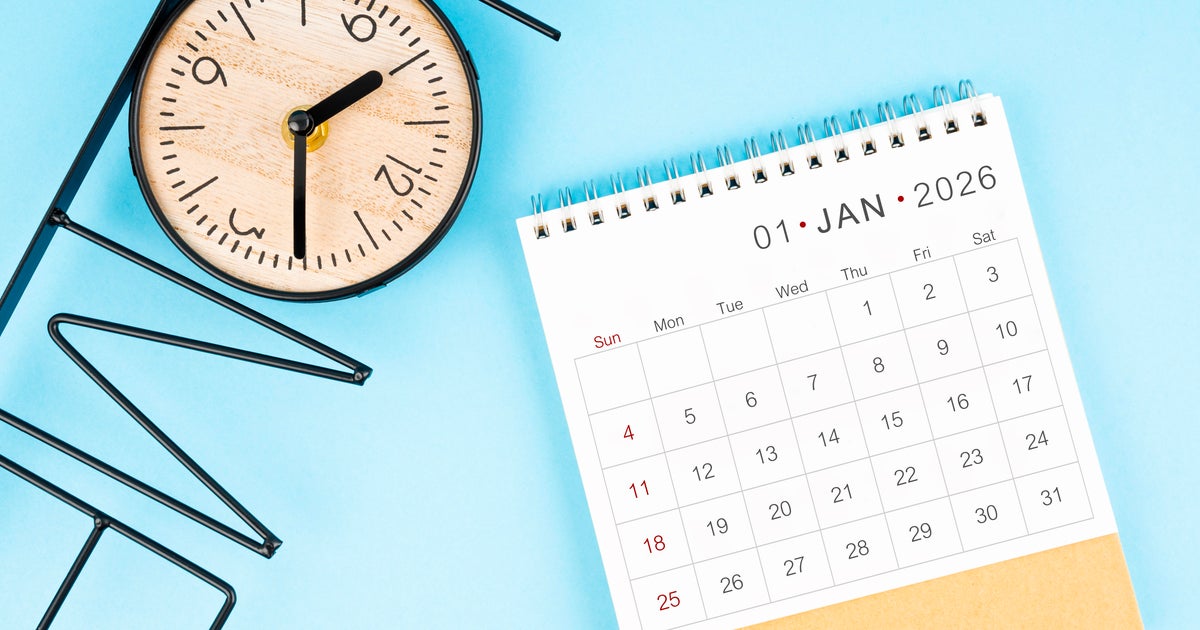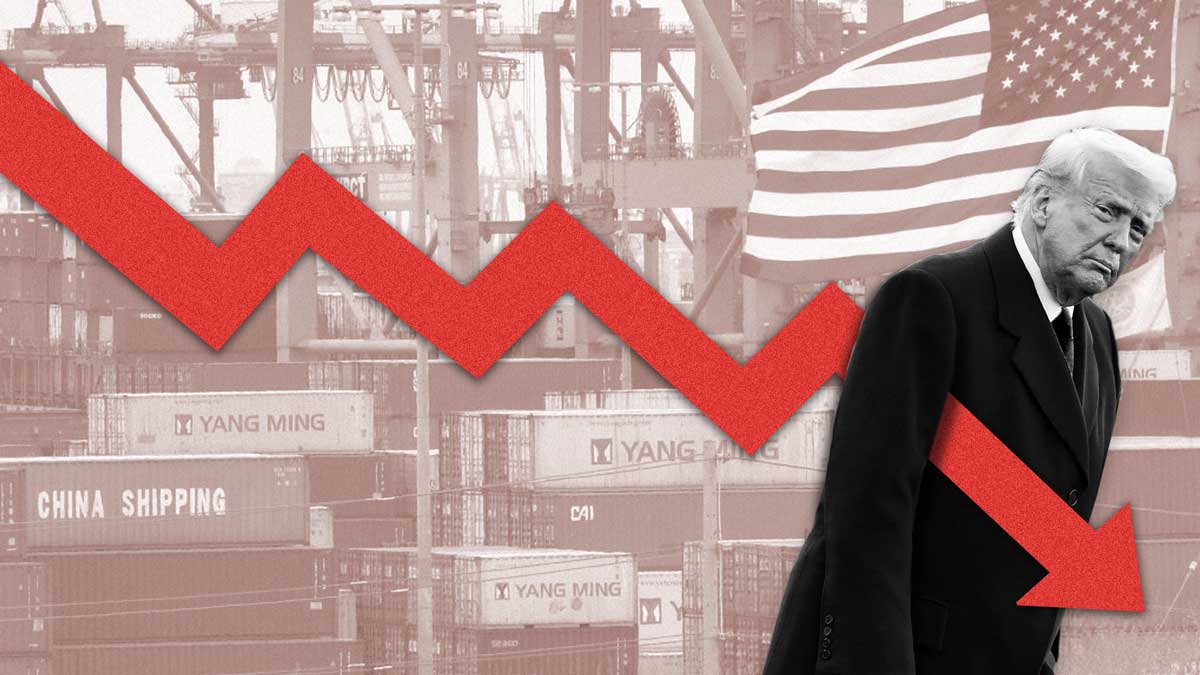How to take advantage of high interest rates
Given the persistence of inflation, stock market uncertainty, bank closures and a potential recession, it may seem like the only certainty in the economy today is bad news. Additionally, the Federal Reserve's recent interest rate increase adds to frustrations in the housing market.
But while high interest rates are a drag on homebuying and refinancing, they're providing a silver lining by improving the appeal of other investments and strategies. Savvy investors are capitalizing on the high interest rates to achieve stronger returns in various ways. If you want to take advantage of high interest rates, there are multiple strategies to consider, including opening a high-yield savings account. You can check your local savings options here now.
How to take advantage of high interest rates
Here are four ways to take advantage of high interest rates.
1. Open a high-yield savings account
Generally, savings accounts come with variable annual percentage yields (APYs), meaning they rise and fall as the Fed rate changes. As such, you'll typically enjoy higher savings account returns when interest rates are up.
And with a high-yield savings account, you may earn up to 17 times higher returns than a conventional savings account. Many online banks offer high-yield savings accounts with yields ranging from 4.00% and 5.00% APY. By contrast, the national average interest rate for savings accounts, including traditional ones, is a mere 0.37% as of recent weeks.
The Federal Reserve's historically aggressive rate hikes over the last year make it an opportune time to open a high-yield savings account. Compare multiple banks to find the highest rate, but also consider other important factors such as fees, balance requirements and ATM access. Get started here and start earning more interest!
2. Open a certificate of deposit (CD) account
Certificates of deposit accounts provide another opportunity to take advantage of high-interest rates. Recent Federal Reserve data lists the average rate on a 12-month CD at 1.49%, roughly four times higher than the average yield on savings accounts (0.37%). As with high-yield savings accounts, many financial institutions offer significantly higher rates, around 4.5% to 5% APY for 12-month CDs.
To understand the higher returns possible with a CD compared to a traditional savings account, let's examine some numbers. Let's say you deposit $10,000 in a 12-month CD with a 4.5% APY. In this case, your money would earn $450 by the CD's 12-month maturity date, while a similar deposit in a standard savings account would earn only $37 in interest over the same period.
Keep in mind, you'll typically earn more interest by holding your money in a CD for a longer term. CD terms usually range from a few months to five years, with some banks offering CDs for as long as 10 years. Explore your CD options online now to see how much you could be making.
3. Lock in rates for loans before they go higher
Interest rates have continued to rise in 2023. If you anticipate needing a new mortgage, personal or another loan soon, it may make sense to lock in a loan rate now before rates rise again.
One money-saving option is combining high-interest credit cards with a lower-interest debt consolidation loan. According to recent data from the Federal Reserve, the average credit card interest rate is around 20%, while the average rate on a 24-month personal loan is substantially lower, only around 11%. Lowering your interest rate could potentially save you hundreds or even thousands of dollars over the loan term.
Most personal loans come with fixed rates, insulating you from future rate hikes with payments that remain the same throughout the loan term, regardless of any future rate increases.
Similarly, locking in mortgage loan rates could save you money if interest rates continue to rise. According to Freddie Mac, the average interest rate on a 30-year fixed-rate mortgage is 6.28% as of the week ending April 6, 2023. This rate represents a 1.56% gain from the same week one year ago.
If you took out a 30-year fixed-rate mortgage for $400,000 at 4.72% interest one year ago, you'd make payments of $2,079.36 and pay a total of roughly $349,000 in interest over the life of the loan. However, that same loan with the April 2023 interest rate of 6.28% would increase your total monthly payment to $2,470.68, with total interest costs reaching $489,000.
4. Invest in corporate bonds
In high-interest environments, corporate bonds can be an attractive investment option. These bonds are debt securities that corporations issue to raise capital. When you buy a corporate bond, you're essentially loaning money to the company in exchange for regular income payments and the return of your principal once the bond reaches its maturity date.
When interest rates are high, these bonds generally offer higher yields, among other benefits such as:
- Fixed income: Corporate bonds can provide a predictable source of income, an attractive benefit for retirees. Payments may be issued semiannually, quarterly, monthly or at maturity.
- Lower risk: Bonds are not without risk, but historically they tend to offer lower risk and less volatility than stocks, especially investment-grade corporate bonds.
- Diversification: Investing in corporate bonds can help to diversify your portfolio and reduce overall risk since their performance isn't closely aligned with stock market performance.
Interest rate outlook through 2023
Many investments, including those mentioned above, are greatly influenced by rising and falling fluctuations of interest rates. Of course, no one has a crystal ball to know with 100% certainty where interest rates are headed in the future. Still, we can look to economic indicators to forecast what may happen.
Ernie Goss, PhD, professor of economics at Creighton University Heider College of Business, expects another rate hike in May. "The Fed has consistently defied investors by raising rates much more quickly than expected due to their perceived need to dampen inflation expectations," says Goss. "I expect one more rate hike of 0.25% (25 basis points) at their next meetings on May 2 and 3. That will be the end on the short end."
Goss continues: "These sales will be continued until the Fed's balance sheet moves below $3.5 trillion to $4.0 trillion. As a result, long-term interest rates will rise modestly for the rest of 2023."
Before investing, make sure to consider your risk tolerance. Also, consult with your financial advisor or accountant to ensure that the investment aligns with your overall financial goals and strategy, regardless of any fluctuations in interest rates.
You can explore your high-yield savings options online now or simply use the table below to get started.
